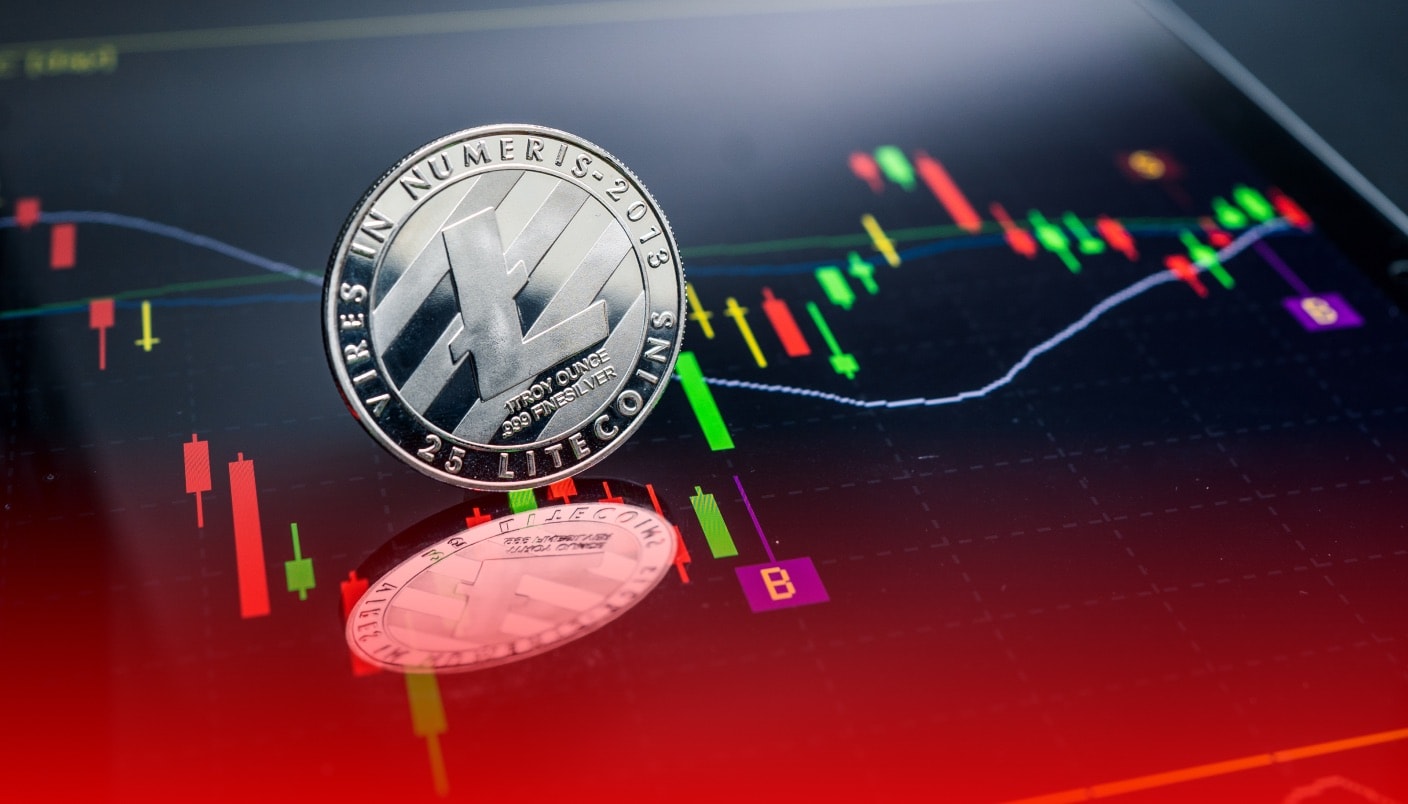Breaking News! 🚨 Top 10 brokers is here! See the most trusted trading platforms of 2024. Go now!
Litecoin and the Future of Digital Payments: Market Outlook
Discover the future of digital payments with our market outlook on Litecoin. Learn about Litecoin's features, adoption in commerce, market trends, and investment opportunities for enthusiasts seeking to capitalize on the evolving landscape of digital currencies.
2 years ago, Jun 14, 1:20 pm

Litecoin (LTC) is one of the oldest and most well-established cryptocurrencies in the digital asset space. Created in 2011 by former Google engineer Charlie Lee, Litecoin was designed to be a faster, more scalable alternative to Bitcoin. Often referred to as the “silver to Bitcoin’s gold,” Litecoin has carved out its own niche in the cryptocurrency market, focusing on fast and affordable peer-to-peer transactions.
The cryptocurrency has consistently ranked among the top 10 digital assets by market capitalization, showcasing its resilience and staying power in a highly competitive and volatile industry.
As digital payments continue to gain traction worldwide, the relevance of cryptocurrencies like Litecoin has never been more apparent. With the rise of e-commerce, mobile payments, and cross-border transactions, consumers and businesses alike are seeking faster, more secure, and cost-effective payment solutions. Litecoin, with its quick confirmation times and low transaction fees, is well-positioned to meet these growing demands.
The Rise of Litecoin
Since its creation in 2011, Litecoin has established itself as a prominent player in the cryptocurrency market. It was designed to address some of the limitations of Bitcoin, such as slower transaction times and scalability issues. By utilizing a different hashing algorithm (Scrypt) and faster block generation times (2.5 minutes compared to Bitcoin’s 10 minutes), Litecoin offers quicker confirmation times and lower transaction fees.
Litecoin’s market performance has been impressive, with its price reaching an all-time high of $412.96 in May 2021. As of June 2024, Litecoin is trading at around $150, with a market capitalization of approximately $10.5 billion. This positions Litecoin as the 7th largest cryptocurrency by market cap, highlighting its significance in the digital asset space.
Technical Advancements: Enhancing Litecoin’s Capabilities
Over the years, the Litecoin network has undergone several upgrades and improvements to enhance its performance and security. One notable development is the implementation of Segregated Witness (SegWit), which increases block capacity and enables the Lightning Network, a layer-2 solution for faster and cheaper transactions.
In 2022, Litecoin successfully activated the MimbleWimble Extension Blocks (MWEB) upgrade, introducing optional privacy features and improved fungibility. This upgrade allows users to conduct confidential transactions, enhancing privacy and security without compromising the network’s transparency and compliance with regulations.
Litecoin’s Growing Adoption and Real-World Applications
Litecoin’s utility as a medium of exchange has been a driving force behind its growing popularity. Numerous merchants, both online and offline, have begun accepting Litecoin as a form of payment. Some notable companies that support Litecoin transactions include Newegg, Travala.com, and Bitrefill.
In addition to e-commerce, Litecoin has found applications in various industries, such as gaming, charity, and remittances. The Litecoin Foundation, a non-profit organization dedicated to promoting the adoption and development of Litecoin, has been actively partnering with businesses and organizations to expand the cryptocurrency’s reach.
Challenges and Regulatory Landscape
Despite its progress, Litecoin faces challenges in terms of regulatory scrutiny and market volatility. The regulatory landscape for cryptocurrencies varies across jurisdictions, with some countries embracing digital assets while others impose strict regulations or even bans.
Compliance with Anti-Money Laundering (AML) and Know Your Customer (KYC) requirements remains a crucial aspect for cryptocurrencies to gain mainstream acceptance.
Market volatility is another concern for Litecoin and other digital assets. The cryptocurrency market is known for its rapid price fluctuations, which can be influenced by various factors such as market sentiment, technological advancements, and regulatory developments. Investors and users must remain cautious and conduct thorough research before engaging with cryptocurrencies.
Future Outlook and Potential Developments
Looking ahead, Litecoin’s future appears promising as the world increasingly embraces digital payments and decentralized finance (DeFi). The Litecoin Foundation has outlined several key areas of focus for the coming years, including further enhancements to privacy features, scalability solutions, and cross-chain interoperability.
One potential development is the integration of smart contract capabilities into the Litecoin network. This would allow for the creation of decentralized applications (DApps) and enable Litecoin to compete with platforms like Ethereum and Cardano in the DeFi space.
Collaboration with other blockchain projects and traditional financial institutions could also open up new opportunities for Litecoin. Partnerships and integrations with payment processors, banks, and fintech companies could accelerate the adoption of Litecoin as a mainstream payment method.
Conclusion
Litecoin’s journey from a humble beginning to a prominent cryptocurrency has been marked by innovation, resilience, and a strong community. As digital payments continue to evolve, Litecoin’s fast transaction times, low fees, and ongoing technical advancements position it as a strong contender in the future of finance.
However, the path ahead is not without challenges. Regulatory uncertainty, market volatility, and competition from other cryptocurrencies are hurdles that Litecoin must navigate.
Get SCTA's daily newsletter in your inbox every weekday.
You may unsubscribe at any time.
